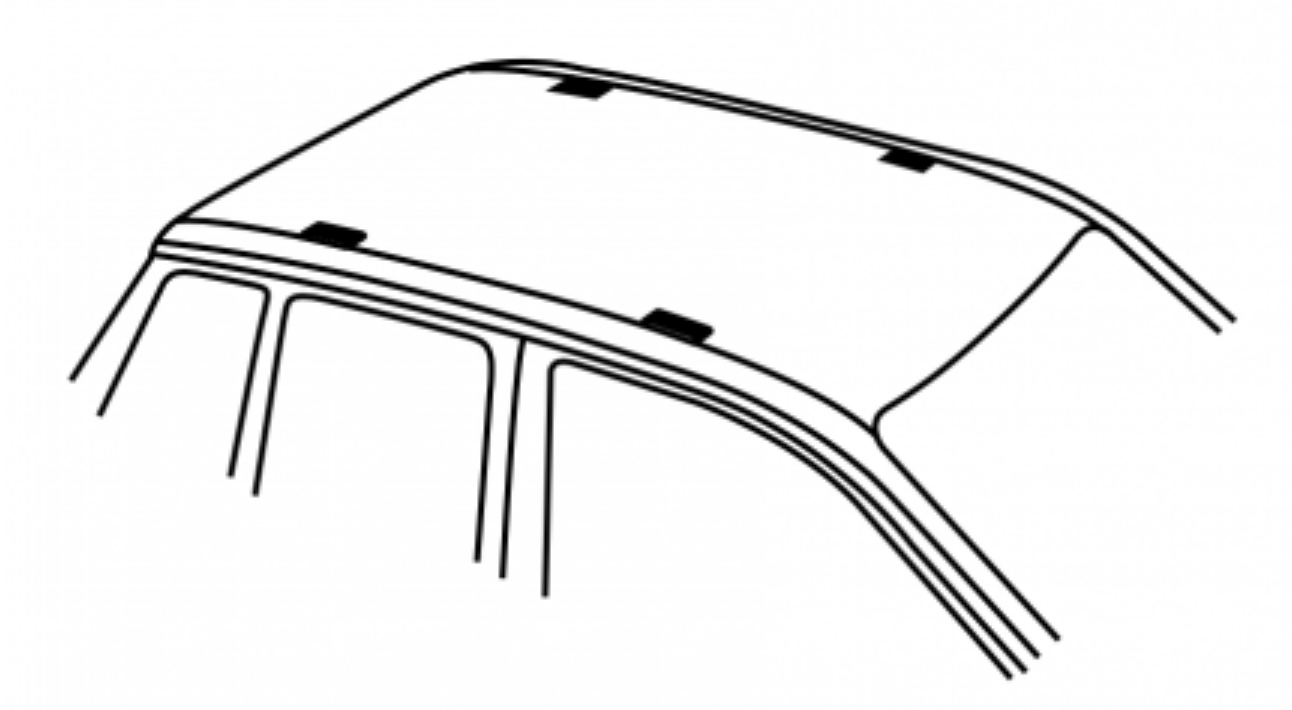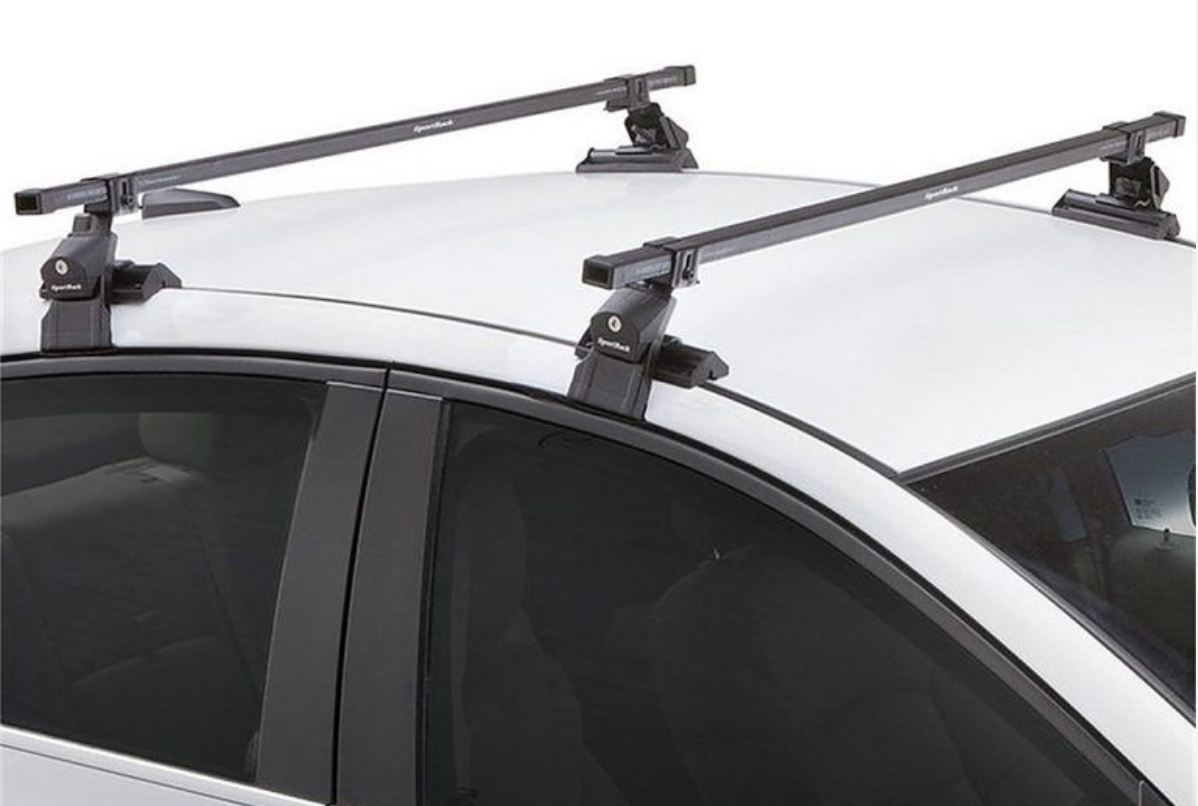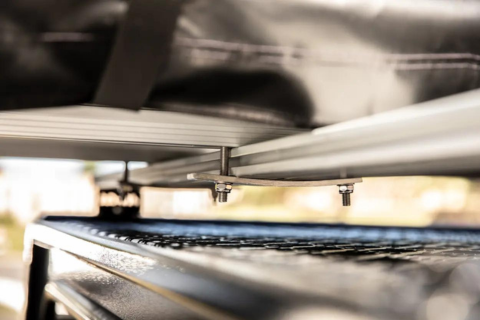All you need to know
Roof bars are available for nearly every vehicle, even if there are no apparent fixing points or raised side rails.
These bars extend across your vehicle from side to side and typically come in pairs. If you're considering a PopTent, you'll require two roof bars.
The method of attachment to your vehicle varies based on your roof type. Your vehicle will fall into one of the following roof types.

Normal/Bare Roof
Smooth roofs without rain gutters or rails require a specific approach for fitting a roof rack. In this case, a base or foot is placed directly onto the bare roof and secured by clipping or hooking onto the door using a hook or mounting clamp.

Raised Roof
Roof rails are typically factory-fitted on SUVs. This roof type is often the easiest for fitting a roof rack since there is already a robust base provided by the existing rails to attach the roof rack foot.

Flush/Raised Roof
Similar to raised roof rails, low profile or flush rails are factory-fitted and offer a sturdy mounting point for a roof rack. Installing a roof rack onto these types of roofs is generally considered very easy.

Rain Gutter Roof
Many older cars feature rain gutters on their roofs—bent edges designed to channel water away from doors and openings. To mount a roof rack on such roofs, a foot or base is employed, resting in the rain gutter and securely clamping onto it.

Fixed/Gutter Roof
Some manufacturers have added fixed mounting points for easy aftermarket roof rack installation on vehicles without roof rails. These points may be hidden under covers, and if you can't find them, refer to your manual. Another type involves a channel running (gutter)
Roof Bar Load Limit
Understanding roof load limits can be confusing, especially when many vehicles and roof bar limits hover around 75kgs. You might think, "But the weight of the roof tent plus me and others inside will exceed this limit."
Not to worry!
These weight limits are dynamic load ratings, meaning they apply when the vehicle is in motion. When you and others are inside the roof tent while it's stationary, this figure isn't relevant, and the static load rating is significantly higher, posing no issue.
Forces like air resistance, braking, and cornering during vehicle movement far exceed those experienced when stationary inside the roof tent.

Installing Roof Bars
Your roof bars will be accompanied by an installation manual, and it's crucial to follow these instructions closely. While there are often helpful online videos, remember to double-check with the written guidelines.
Installing roof bars is generally straightforward, but if you require assistance, consider seeking the help of a local mechanic to ensure proper installation.
Emphasizing the importance of correct installation cannot be overstated. Ensure they are securely tightened to guarantee safety.
How to Attach my PopTent
After fitting your roof bars onto the vehicle, installing the PopTent is a breeze. Simply position it centrally on top, using the provided straightforward fixing clamps to secure it in place. With four clamping points and just eight nuts to tighten, the process is quick and easy. Remember to follow the accompanying instructions closely during installation.








